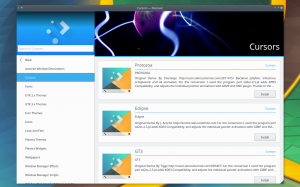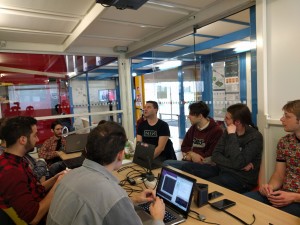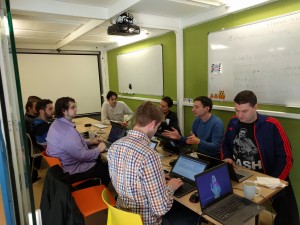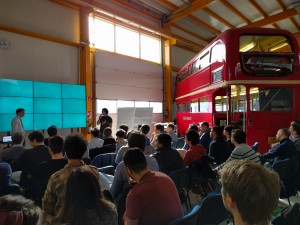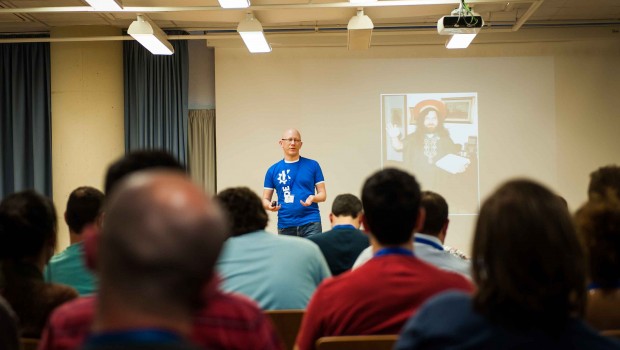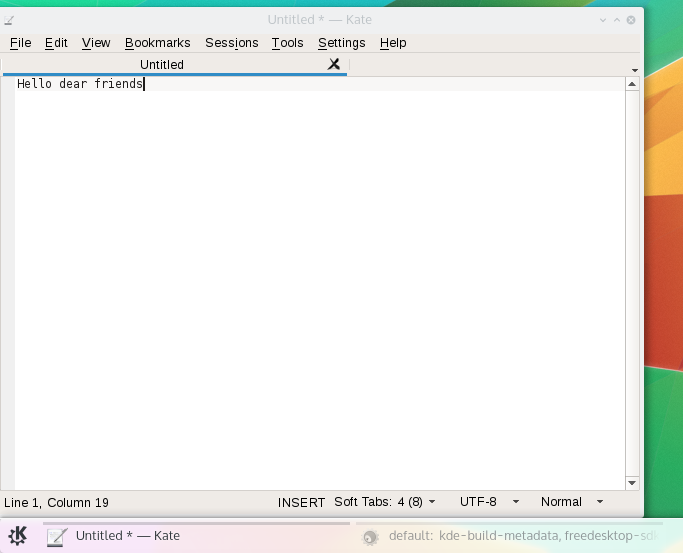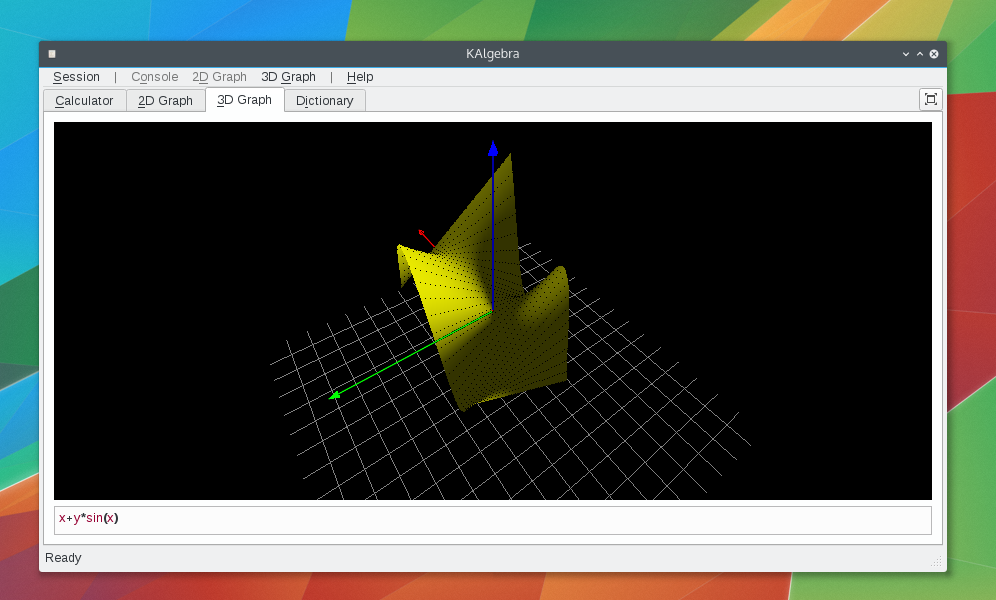In KDE we cover a mix of platforms and form factors that make our technology very powerful. But how to reach so many different systems while maintaining high quality on all of them?
What variables are we talking about?
Form factors
We use different form factors nowadays, daily. When moving, we need to be straight-forward; when focusing we want all functionality.
Together with QtQuick Controls, Kirigami offers ways for us to be flexible both in input types and screen sizes.
Platforms
We are not constantly on the same device, diversity is part of our lives. Recommending our peers the tools we make should always be a possibility, without forcing them into major workflow changes (like changing OS, yes).
Qt has been our tool of choice for years and it’s proven to keep up with the latest industry changes, embracing mobile, and adapting to massively different form factors and operating systems. This integration includes some integration in their look and feel, which is very important to many of us.
Devices & Quality Assurance
We are targeting different devices, we need to allow developers to test and make it easy to reproduce and make the most out of the testing we get, learn from our users.
Whatever is native to the platform. APK (and possibly even Google Play) on Android, Installers on Windows and distribution packages for GNU/Linux.
Furthermore, we’ve been embracing new technologies on GNU/Linux systems that can help a lot in this front including Snap/Flatpak/AppImage, which could help streamline this process as well.
What needs to happen?
Some of these technologies are slowly blooming as they get widely adopted, and our community needs as well to lead in offering tooling and solutions to make all of this viable.
- We need straightforward quality assurance. We should ensure the conditions under which we develop and test are our users’ platforms. When facing an error, being able to reproduce and test is fundamental.
- We should allow for swift release cycles. Users should always be on fresh stable releases. When a patch release is submitted, we should test it and then have it available to the users. Nowadays, some users are not benefiting from most stable releases and that’s makes lots of our work in vain.
- Feedback makes us grow. We need to understand how our applications are being used, if we want to solve the actual problems users are having.
All of this won’t happen automatically. We need people who wants to get their hands dirty and help build the infrastructure to make it happen.
There’s different skills that you can put in practice here: ranging from DevOps, helping to offer fresh quality recipes for your platform of choice, improving testing infrastructure, or actual system development on our development tools and of course any of the upstream projects we use.
Hop on! Help KDE put Free Software on every device!
